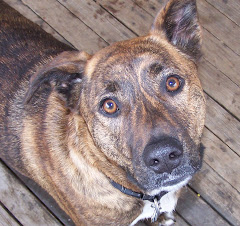Today's Water Tip:
If there were a water leak in the distribution lines of your public drinking water supply, negative pressure could cause the water in the main lines as well as in your house to travel backwards.
Any submerged hose or inlet where contaminated water, or toxic liquids are present, could draw that substance directly back into your drinking water. Yuck!
Water Can Climb
Did you know that water can be siphoned 33.9 feet high. It can go straight up a hill or a multi-story building within a water pipe. When a negative pressure forms inside a water pipe of a distribution system, water can travel in the wrong direction. Atmospheric pressure can support a column of water nearly 40 feet high. So why is this important? It's important because if a negative pressure forms in the pipe, and say your hose is outside submerged in a bucket of weed killer, cleaner, or even the swimming pool or hot tub that you are topping off, the liquid in that vessel can travel backwards into the public drinking water. Even if your neighbor is up the hill from you, that contaminated liquid could reach his water tap.
An air gap should always be maintained when filling any container from a hose. The rule of thumb is to keep your hose a distance of at least 2 times the diameter of the hose or pipe which is filling your vessel. A hose bib vacuum breaker (HBVB) at the outside hose bib also helps to stop the backwards flow, but these devices are only an extra protection to the air gap as they are not testable and can malfunction or wear out.
Utility sinks with hoses attached can also cause problems during a negative pressure incident. I have seen many of these hoses submerged in mop water, chemicals etc. usually for cleaning purposes. What happens when you take a break and come back to an empty bucket of mop water? Where did the water go?
The wide spectrum of water uses, turn round and round, like a water wheel. I welcome your comments.
* * * * * Fishin' on the Yakima video
s.
Tuesday, October 21
Subscribe to:
Comments (Atom)













